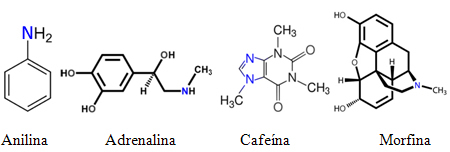The Danish expert in atomic physics Niels Bohr, was born in 1885, and died in 1962. In the year 1913, he established an atomic model that is used to this day.
Bohr arrived at this model of the atom by reflecting on the stable atom dilemma. He believed in the existence of physical principles to describe the electrons in atoms. These principles were still unknown and thanks to this physic they started to be used.
It all started with Bohr admitting that a gas emitted light when an electrical current passed through it. This is explained by the fact that electrons, in their atoms, absorb electrical energy and then release it in the form of light. With this, he deduced that an atom has a set of energy available to its electrons, that is, the energy of an electron in an atom is quantized. This set of quantized energies was later called energy levels. But if an atom absorbs energy from an electrical discharge, some of its electrons gain energy and move to a higher energy level, in which case the atom is in an excited state.
With these findings, Bohr perfected the Rutherford atomic model known as the planetary system model, where electrons organize themselves in the electrosphere in the form of layers. Let's look at Bohr's postulates:
Electrons are distributed in layers around the nucleus. The existence of 7 electronic layers, designated by capital letters: K, L, M, N, O, P and Q. As the layers move away from the nucleus, the energy of the electrons located in them increases.
The layers of the electrosphere represent the energy levels of the electrosphere. Thus, the layers K, L, M, N, O, P and Q constitute the 1st, 2nd, 3rd, 4th, 5th, 6th and 7th energy levels, respectively.
Bohr's atomic model resembles the orbit of a planet hence the name: planetary system.
By Líria Alves
Graduated in Chemistry


